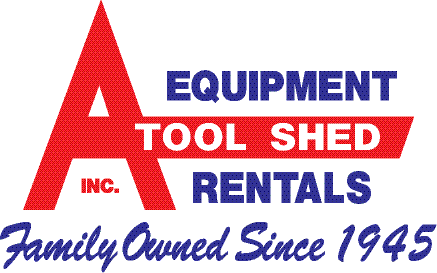-
A Guide to Using a Leaf Blower
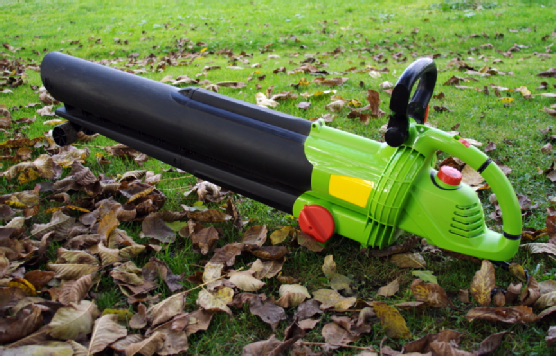
Once fallen leaves start littering your yard, you’ll wish you had a leaf blower. As with any power tool, however, a leaf blower can be dangerous if you don’t know how to use it correctly. As long as you follow a few simple rules, you should be able to keep your property free of leaves with minimal effort.
Before you start using a leaf blower, remember to put on your safety goggles and ear protection. You should also make sure the debris on your property is dry enough for a leaf blower to be effective, and that you aren’t using your leaf blower at an hour when your neighbors might be asleep. Whenever possible, blow with the breeze rather than against it. For easy cleanup, consider blowing the leaves or debris onto a large tarp.
A Tool Shed has plenty of leaf blowers available for rent this fall. To browse our complete selection of rental equipment, visit our website or visit one of our six locations in San Jose and Northern California. Call (831) 359-4769 with any questions about tool rental.
-
How to Prepare Your Home’s Gutters for the Fall
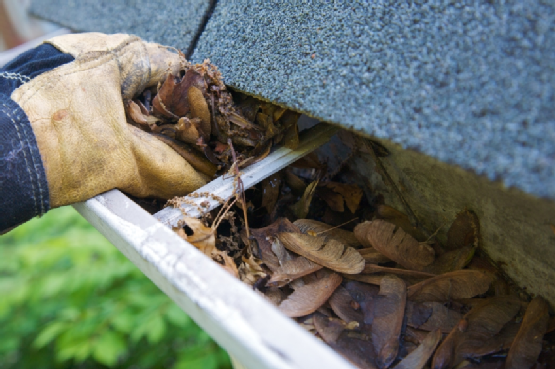
Gutters are an underappreciated part of the average home’s roofing system. All year long, they quietly collect the water that falls on the roof and divert it away from the home. This prevents the rain from dripping down from the eaves and damaging the home siding or basement. Since fall is a time of increased rain, it’s important that you get your gutters in order before the weather gets too wet.
Get the Right Equipment
If improperly prepared, you might get hurt while clearing your gutters. Before you start, you must make sure you have all the proper equipment. You’ll need a ladder, a bucket, a small rake, gloves, and a hose. If you don’t have these key pieces of equipment, you should consider renting them from an equipment rental place.
Clear Away Debris
Once you assemble the proper equipment, place the ladder on a flat surface adjacent to the gutter. Climb the ladder with your rake and bucket in hand, then begin collecting the debris in the gutter and placing it in the bucket. Be careful not to reach too far down the gutter when cleaning it; instead, climb down the ladder and move it into the proper position. If you’d rather not use a bucket while on the ladder, simply toss the gutter debris on the ground and collect it later.
Test with a Hose
After clearing the dirt and debris from all the gutters, test each section with water from your hose. If the water flows along the gutter and down the downspout, it’s ready for fall. If the water pools in a particular section and overflows, you need to adjust the pitch. You should also keep an eye out for leaks or sections of gutter that are becoming unfastened.
For all the rental tools you need to clean your gutters this fall, come by A Tool Shed. We have locations in six cities throughout Northern California, including San Jose, Watsonville, and Campbell. Call (831) 359-4769 or visit our website to learn all about our equipment rental services.
-
Essential Gutter Maintenance Tips
The gutters around your roof are responsible for diverting water away from your home. If anything’s wrong with your gutters, you risk damage to your home’s siding, foundation, or basement.
This local news segment discusses the importance of proper gutter maintenance. To make sure your gutters divert water properly, you should clean them every spring and fall. If you see water spilling over the edge of your gutters, it could mean that your downspouts are clogged or your gutters are pitched incorrectly. If clearing the clog doesn’t solve the problem, you should consider repairing or replacing the gutters.
If you need a ladder, drill, or any other equipment for your gutter replacement project, call A Tool Shed at (831) 359-4769. We offer tool rentals at six locations throughout Northern California and the San Jose area.
-
A Guide to Changing a Saw Blade
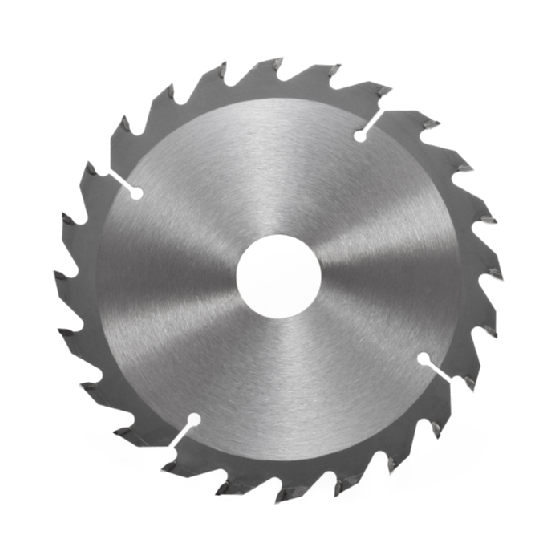
Over time, saw blades become dull and need to be replaced. Fortunately, changing a saw blade is relatively easy process that only requires a few steps. Whenever you have to put a new blade into your saw, the first step that you need to do is consult the saw’s instruction manual. This will tell how to properly take out the old blade and put a new one in. If you have a newer saw model, you should be able to remove the blade by pushing the release switch. However, if you have an older saw, you will most likely have to manually remove the bolts that are holding the blade. Once the blade is removed, wipe off any debris from the blade guards, and securely install the new blade. After this step is complete, your saw will be ready to go.
A Tool Shed is the leading provider of tool rental services in the San Jose area. Whether you are a contractor or homeowner, we have all of the tools that you need to finish the project you are working on. For more information about our services, visit one of our six locations or call (831) 359-4769.
-
Understanding the Difference Between Annual and Perennial Weeds
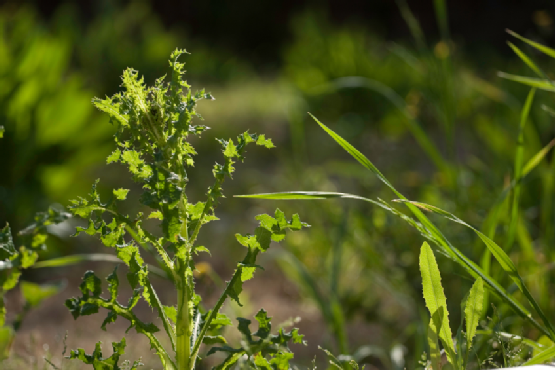
Weeds can be a serious problem for homeowners in the San Jose area. One day, a yard can look great, and on the next day, weeds will have spread throughout the entire area. And when you go to pull these plants up, they keep growing back, which can be frustrating. Fortunately, you can avoid this problem and get rid of these unwanted plants for good by understanding the difference between annual and perennial weeds. For more information about this topic, continue reading below or contact your nearby weed sprayer rental company.
Perennial Weeds
Perennial weeds reproduce through seed distribution and root spreading. Usually, these plants go dormant during the colder months and start growing again during the springtime. Unlike annuals, which are fairly easy to get rid of, perennial weeds have strongly-developed root systems that can be difficult to eradicate completely. Some perennial weeds that are common to Northern California are dandelion and burdock.Annual Weeds
Annual weeds reproduce strictly through seed distribution. In San Jose, some of the most common annual weeds are crab grass , nettle, purslane, and numerous others. Generally, annual weeds can be divided into two categories: warm weather and cool weather weeds. As their name implies, warm weather weeds only grow during the spring and summer months. In contrast, cool weather weeds typically only grow in the fall and winter.Management
There are some key differences when it comes to controlling annual and perennial weeds. For the most part, annual weeds have fairly shallow roots, which means that they can be pulled by hand. However, when it comes eradicating perennial weeds, it’s recommended that you use an effective herbicide and professional-grade weed sprayer, which are available at tool and equipment rental stores.If you live in San Jose and have weeds growing in your yard, stop by one of A Tool Shed’s six convenient locations or call us at (831) 359-4769. We always keep a large selection of tools in stock for all of your yard-care needs, including sprayers and rakes. Visit our website or call us today.
